All about growing sanitation
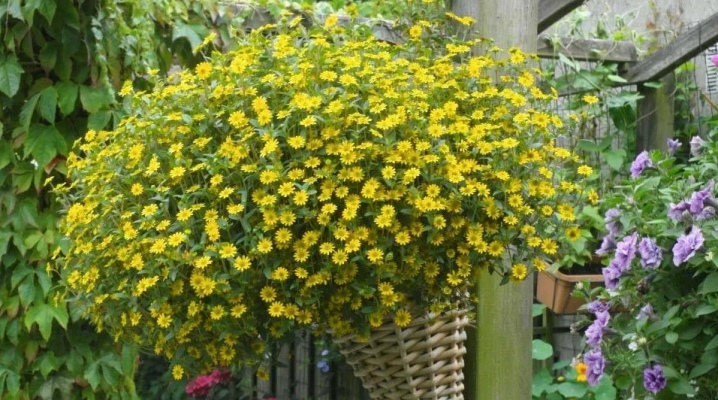
The complex name sanvitaliya hides well-known flowers of rich colors that adorn garden plots and flower beds. They look like sunflowers, only in a miniature version, and with the depth of colors they can diversify any floristic composition. In our article, we will consider the description of a flower, introduce it to the most decorative varieties and tell you about the rules for growing a crop.
Description
Sanvitalia belongs to the Asteraceae family; warm regions of Central America and Mexico are considered its homeland. The plant is undersized - the length of the stems is within 45-50 cm. At the same time, they are branching and creeping, therefore even the longest shoots rise above the ground by only 10-15 cm. The leaves are oppositely located, the shape is elongated, ovoid.
Inflorescences are baskets up to 2.5-3 cm in diameter. Depending on the varietal characteristics, they can have yellow, orange, white, brown and purple petals. Flowering begins in mid-July and lasts until October.
These perennials have been actively used in floriculture since the 18th century, although they gained wide popularity only in the last couple of decades. They got their name from the famous botanist from Italy Santavili.
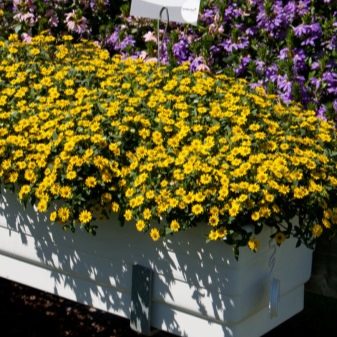

Views
In nature, there are seven varieties of ground cover. However, thanks to active breeding work in recent years, several dozen hybrid varieties have been obtained, including ampel varieties. The most popular among domestic gardeners are those listed below.
- "Million suns" - this ground cover is distinguished by multiple open shoots. The flowers are small, reminiscent of chamomile, only their petals are golden, and the middle is lush, black.
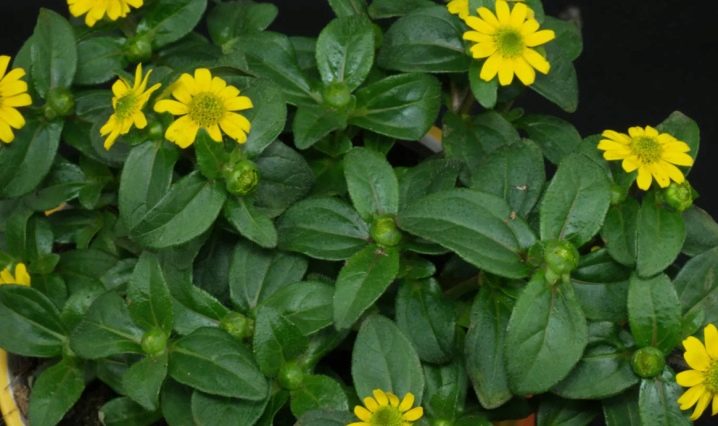
- "Honey Spas" - a very effective decorative variety, forms creeping spherical bushes with small buds of a pleasant honey-lemon color
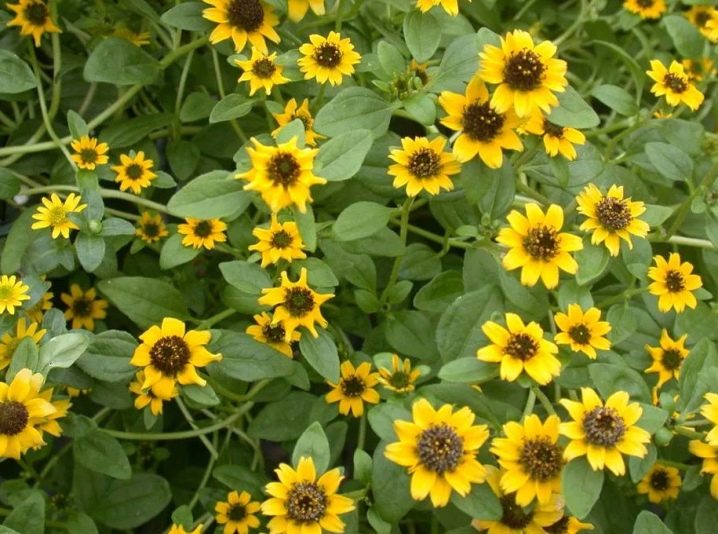
- Orange spite - spectacular sanitation with double flowers, combined in lush and bright baskets.
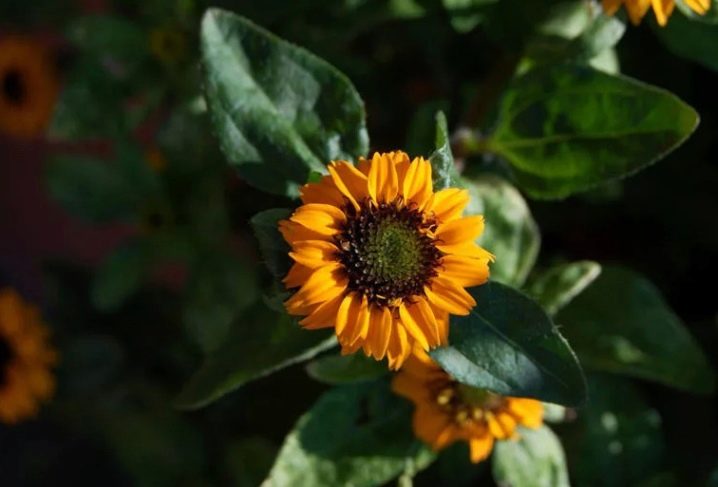
Such types are very popular as:
- "Solar Wave" - with large flowers in lemon-black tones;
- "Gold Braid" - with terry golden flowering baskets;
- "Mandarin orange" - with sunny orange buds.

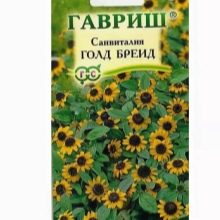

Landing
The process of breeding sanitation at home by seed is very time consuming, it requires special care, effort and time. However, all the efforts made will fully pay off with a long, lush and colorful flowering.
For seedlings
The main difficulty in growing ground cover sanitation is that the seedlings of this culture are quite small: 1 g of planting material contains about 1100-1200 pieces. In this case, the seeds remain viable for no more than 2 years.
Sowing is usually done in the second half of April. It makes no sense to do this work earlier, since young, newly hatched seedlings are highly sensitive to even a minimal decrease in temperature. If the arrow of the thermometer drops below + 5 degrees, at least 98% of the planting material will die.
To get healthy full-fledged shoots, seeds must be planted in nutritious, drained and moisture-absorbing soil. It is advisable to mix it with fine-grained river sand in a ratio of 2 to 1. As a container for growing seedlings, low, but wide bowls are usually used.
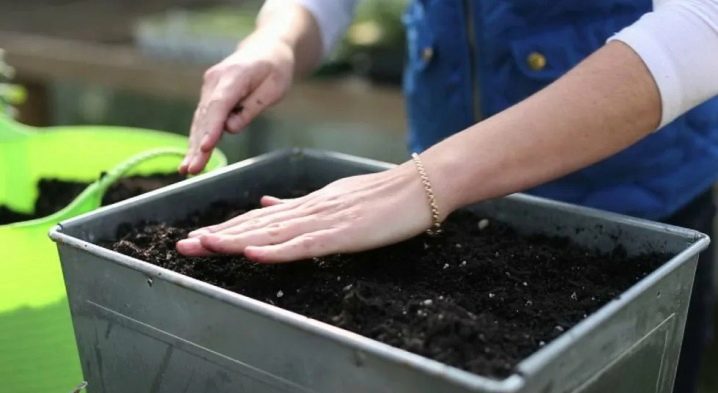
Since the seeds are very small, they are not buried, but evenly distributed over the surface of the prepared soil mixture and sprinkled with a layer of substrate 3-5 mm thick. After that, it is sprayed from a spray bottle and covered with a film to create a greenhouse effect. This method of growing will provide the required heat and humidity level and create conditions for rapid germination. The optimum temperature for germinating seeds is considered to be 20-23 degrees.
Before the first shoots appear, the greenhouse must be ventilated every day to remove all excess moisture. If this is not done, then the swollen seeds will simply rot, as a result of which it will no longer be possible to wait for sprouts from them. It is also important to monitor the moisture content of the earth, preventing it from drying out. If all the rules are followed, the first shoots appear in 10-14 days.
Youngsters need time to grow stronger. During this period, watering is carried out every 3-4 days, sanitation is irrigated with a drip method. At the stage of appearance of 2-3 true leaves, they remove the plastic shelter, make a pick - young plants are transplanted into cups (2-3 in each), placed in a well-lit by the rays of the sun and at the same time protected from drafts.
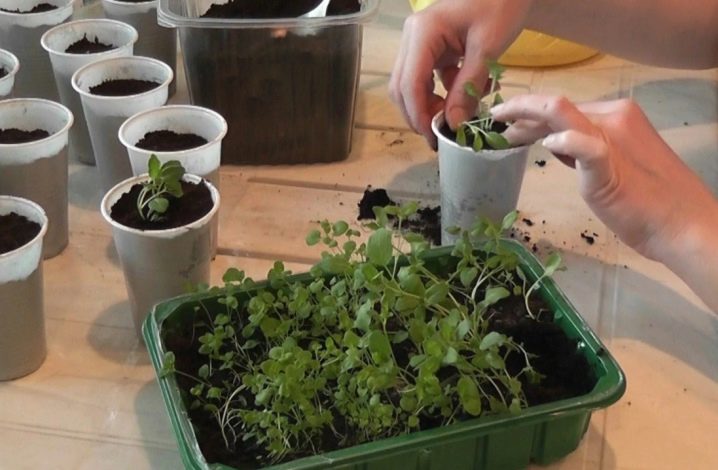
In open ground
The young sanitary seedlings are moved to open ground after the threat of recurrent frosts has completely passed, and the average daily temperature reaches +20 degrees or more. In central Russia, this time corresponds to the last decade of May - early June. Before planting, immature plants are hardened for two weeks. To do this, they are taken outside every day, gradually increasing the residence time from an hour to a whole daylight hours.
To plant young plants in the ground, planting holes are prepared with a diameter of 7-9 cm and a depth of 8-10 cm. A layer of drainage is laid out on the bottom, usually it is expanded clay or gravel filling - this will allow to remove all excess moisture and thereby prevent root rot and the development of fungal infections.
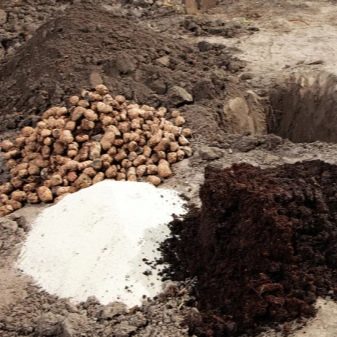
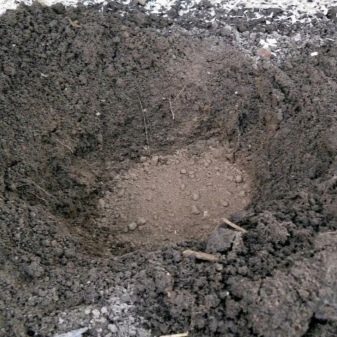
In order for the seedlings to adapt more quickly to new conditions, it is best to transplant flowers using the transshipment method with maximum preservation of the earthen coma. It should be borne in mind that sanvitalia very quickly builds up the vegetative mass, therefore, a distance of 25-30 cm must be maintained between the holes. After 65–70 days after planting, the first buds appear, inflorescences form continuously throughout the summer months and until mid-autumn. In the second or third decade of August, the fruits ripen, at the same time the seeds can be harvested.
Important! Transplanting an adult bush can be done even after the flowers appear, the root system easily tolerates this procedure.
If desired, the reproduction of sanvitalia can be reckless. In this case, the seedlings are planted in the ground at the end of May, when the weather is stable outside. This is a less troublesome way. However, it has a significant drawback - in this case, miniature sunflowers will bloom only in the month of August. With the onset of cold weather, experienced gardeners transplant them into containers and move them into the house.
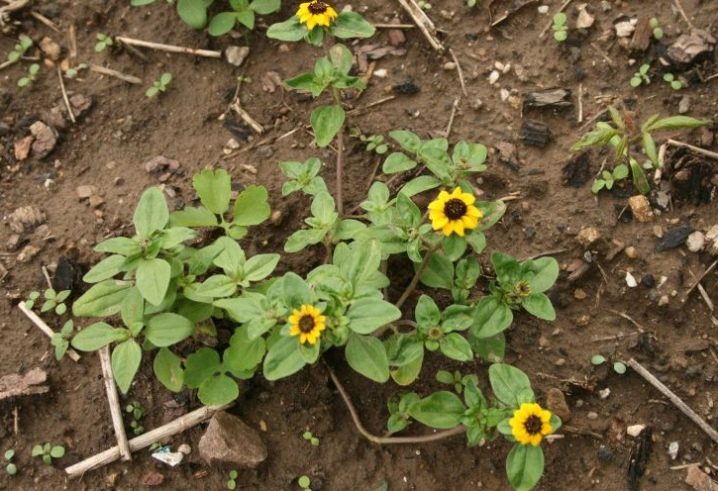
Care
Sanvitalia is a sun-loving plant that prefers well-lit areas of the garden. However, this plant is loyal to light shading. True, in partial shade, flowering looks less abundant and spectacular. The ground cover does not make any special demands on the soil - the flower grows and develops successfully even on stony and depleted soils. However, it shows maximum decorative effect only on fertile, loose substrates.
To increase the decorativeness of the plant, to increase the abundance and duration of flowering, young sanitation needs additional feeding. For this, complex mineral compositions are used, it is advisable to take those intended for flowering crops.Fertilizer is applied twice: first, at the beginning of the growing season, and then at the end of August.
When cultivated in open ground, it is enough to water the sanitation once a week. In case of container maintenance, it is desirable to increase the frequency of irrigation. If the weather is hot and dry, the ground cover will need more water. Moisture deficiency is easy to identify by the leaves: they begin to curl and dry at the edges.
It is very simple to remedy the situation: at the first watering, the decorative effect of the bush is very quickly restored.
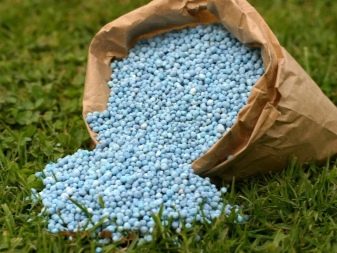
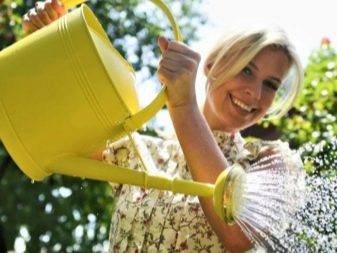
But sanvitalia does not tolerate stagnant moisture - waterlogging of the earth often leads to rotting of the roots. Therefore, if crops are grown as potted crops, then you should take care of a high-quality drainage layer. The first sign of excess irrigation is darkening near the base of the stems. In this case, it is necessary to loosen the top layer of the soil and thereby give the substrate the opportunity to dry out properly, after which the number of waterings is reduced.
Sanvitalia is distinguished by its exceptional resistance to diseases, as well as to the activity of insect pests. As a rule, problems arise when the rules of agricultural technology are not followed, that is, with too intense moisture or a lack of moisture. Most often, plants encounter a black leg - this fungal infection that occurs when the soil is excessively moistened in conditions of lack of fresh air and when plantings are thickened.

Application in landscape design
The range of use of miniature sunflowers in personal and garden plots is very wide. They can be planted:
- as a ground cover for open ground areas;
- when creating alpine slides and rockeries;
- when arranging flower beds and mixborders;
- for framing garden paths;
- on balconies in pots and boxes;
- in window boxes;
- in hanging containers.
Sanvitalia looks quite impressive when arranging cascading multi-tiered flower beds. However, it is no less decorative as part of container plantings. This culture is harmoniously combined with other annuals of contrasting shades.
An especially beautiful and gentle duet will turn out if you plant sanvitalia next to nasturtium, as well as forget-me-not and Iberis.
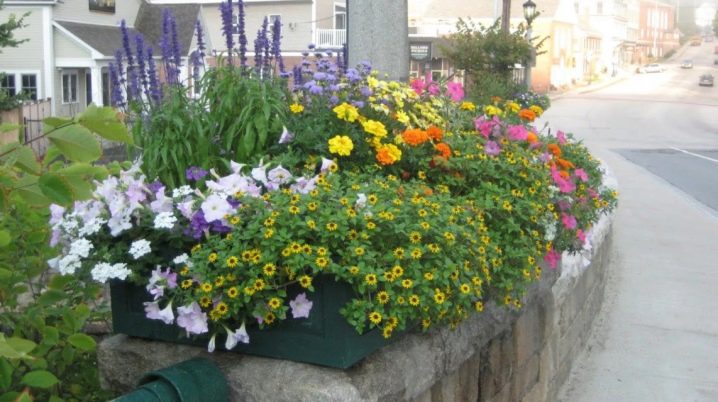
Sanvitalia bushes grow up to 15 cm, but at the same time they quickly grow in width, forming a dense cover on a plot of land. Therefore, culture is especially in demand where it is necessary to cover an empty area. For example, where the retired bulbous grow.
By itself, this plant looks rather modest, but it has the ability to favorably set off neighboring crops. Therefore, it is best to grow miniature sunflowers as part of mixborders. The plant looks very harmoniously with petunias and nasturtiums of bright colors, as well as with verbena and alyssum.
Also, landscape designers often use sanitation to create a decorative spot on one of the sections of the lawn.
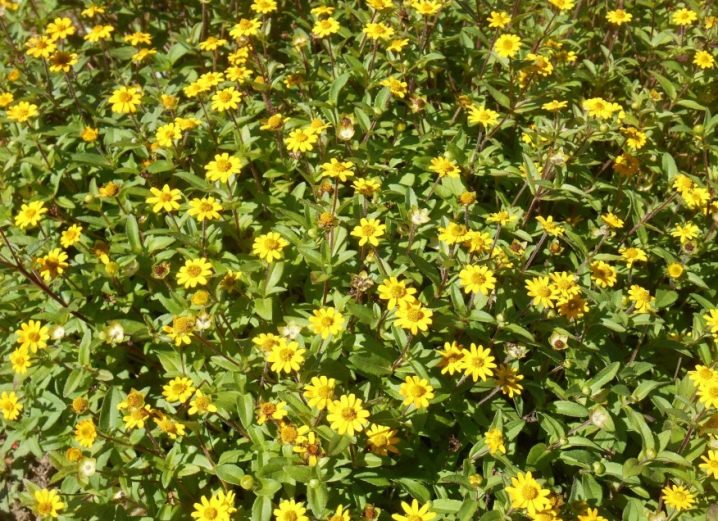













The comment was sent successfully.